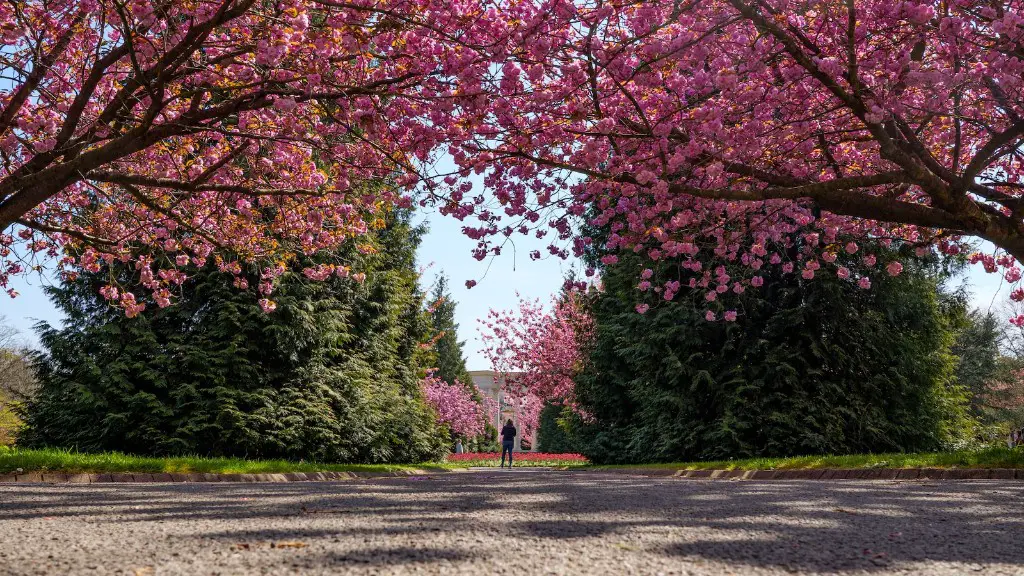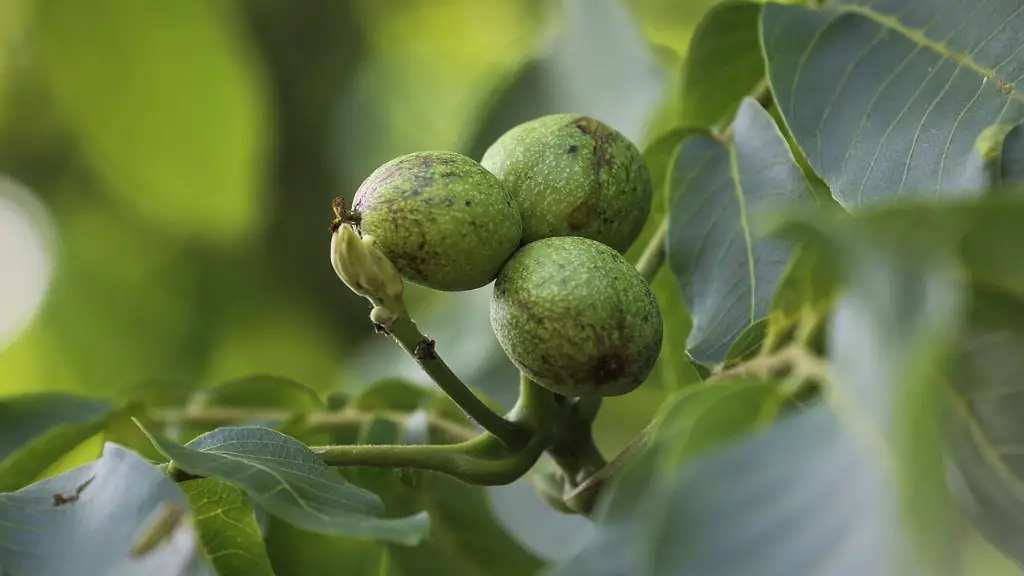Understanding Cherry Tree Pruning
Pruning a mature cherry tree is a necessary task that should be undertaken regularly to ensure a long and healthy life. Pruning is the removal of specific branches, trunks or stems of trees or shrubs to encourage growth, structure or access to light. It can also be used to limit or control the spread of pests or diseases. It is important to understand how to prune the cherry tree correctly, as an incorrect pruning job can damage the tree and restrict its growth.
The Benefits of Pruning Cherry Trees
Pruning can help to increase the yield of cherry fruits. It also encourages new growth and allows more light to reach the leaves and flowers. Pruning can also help to keep the tree healthy by removing dead, diseased or damaged branches and allowing air to circulate throughout the tree. Pruning also keeps shrubs and trees compact, improving the aesthetic of your garden.
When is the Best Time to Prune a Cherry Tree?
The best time to prune a cherry tree is late winter or early spring, when the tree is still dormant. Pruning at this time of year helps to ensure that the cuts heal properly and that the tree responds best to the pruning.
Choosing the Right Tools for Pruning a Cherry Tree
When pruning a cherry tree, it is important to use the right tools for the job. The correct choice of tools will make the task easier, faster and safer. Pruning shears are a common tool used for cherry tree pruning. They are used to cut branches up to a certain thickness and have a smaller profile than regular shears, making them easier to use in tight spaces. Loppers are another important tool when pruning a cherry tree. These can be used to cut branches that are thicker than the pruning shears can handle. It is also important to have a sharp pair of secateurs on hand, as they can be used to make precise cuts.
The Steps of Pruning a Cherry Tree
Before beginning to prune, it is important to assess the overall shape of the tree and decide which branches need to be removed. It is important to remember that pruning should be undertaken with a specific purpose in mind, such as increasing the light or improving the shape of the tree. The next step is to choose the correct tools. Once the tools are chosen, the pruning can begin. Start by cutting away any dead, diseased or crossing branches. Finally, prune any branches that are too long or too low.
Leaving the Right Amount of Leaves on the Tree
When pruning, it is important to leave the right amount of leaves on the tree. Too many leaves can lead to poor air circulation and can result in overcrowding, while too few leaves can limit the amount of photosynthesis that takes place and can also affect the overall health of the tree. Generally speaking, around 10-20% of the tree should be left unpruned.
Supporting Branches During Pruning
When pruning, it is imperative to support the branches that are being cut. This can be done with a ladder and some rope or wire. The ladder should be securely placed beneath the branch that is being cut and the rope should be secured tightly around the branch to support it while it is being pruned. By supporting the branch, it will be easier to cut and reduces the risk of the branch splitting.
Avoiding Common Mistakes When Pruning a Cherry Tree
When pruning a cherry tree, it is important to avoid common mistakes. These include pruning too much, pruning the wrong branches and pruning at the wrong time of year. It is also essential to use the correct tools for the job and to support any branches that are being cut. Finally, it is important to remember to leave the right amount of leaves on the tree.
Making Clean Cuts with Pruning Shears
When using pruning shears, it is important to make clean cuts. Cut the branch at a slight angle and make sure the cut is smooth and not jagged. This helps the branch to heal faster and prevents disease from spreading. It is also important to make sure that the pruning shears are sharp, as this will make the task easier and will also help to ensure a neat and tidy finish.
Incorporating Fertilisers After Pruning
After pruning a cherry tree, it is important to incorporate fertilisers into the soil to help promote healthy growth. This will also help to encourage root and shoot development, as well as providing the cherry tree with the necessary nutrients. With the correct care and attention, a cherry tree can be kept healthy and fruitful for years to come.
Other Factors to Consider for Cherry Tree Pruning
When undertaking a pruning job, it is important to consider other factors such as the overall shape of the tree, the sun exposure, the tree’s location, the pests or diseases present, the age of the tree, the climate and the season. Taking all of these factors into account before beginning the pruning job can ensure that the best results are achieved.
Training and Pruning Cherry Tree Branches
An important part of pruning a cherry tree is training and pruning the tree’s branches. A branch that is too long should be trimmed so that it is the same length or slightly shorter than the next lowest branch. For larger branches, it is important to use the three-cut method to ensure the branch is cut safely and cleanly. Pruning and training branches can help to create structure, as well as promote flower and fruit production.
Protecting the Tree After Pruning
Once the pruning job is complete, it is important to protect the tree. Apply a fungicide or insecticide if necessary, as well as providing additional support if needed. A tree guard can also be used to protect the cherry tree from animals, pests or weather conditions. Using these measures will help to ensure the long-term health of the tree.
Looking After Pruning Equipment
Finally, it is important to look after the pruning equipment. Pruning tools should be regularly cleaned and oiled to keep them in the best condition. This will help to ensure the longevity of the tools, as well as making them easier to use. It is also important to store the tools safely, as this can help to prevent damage or corrosion.



